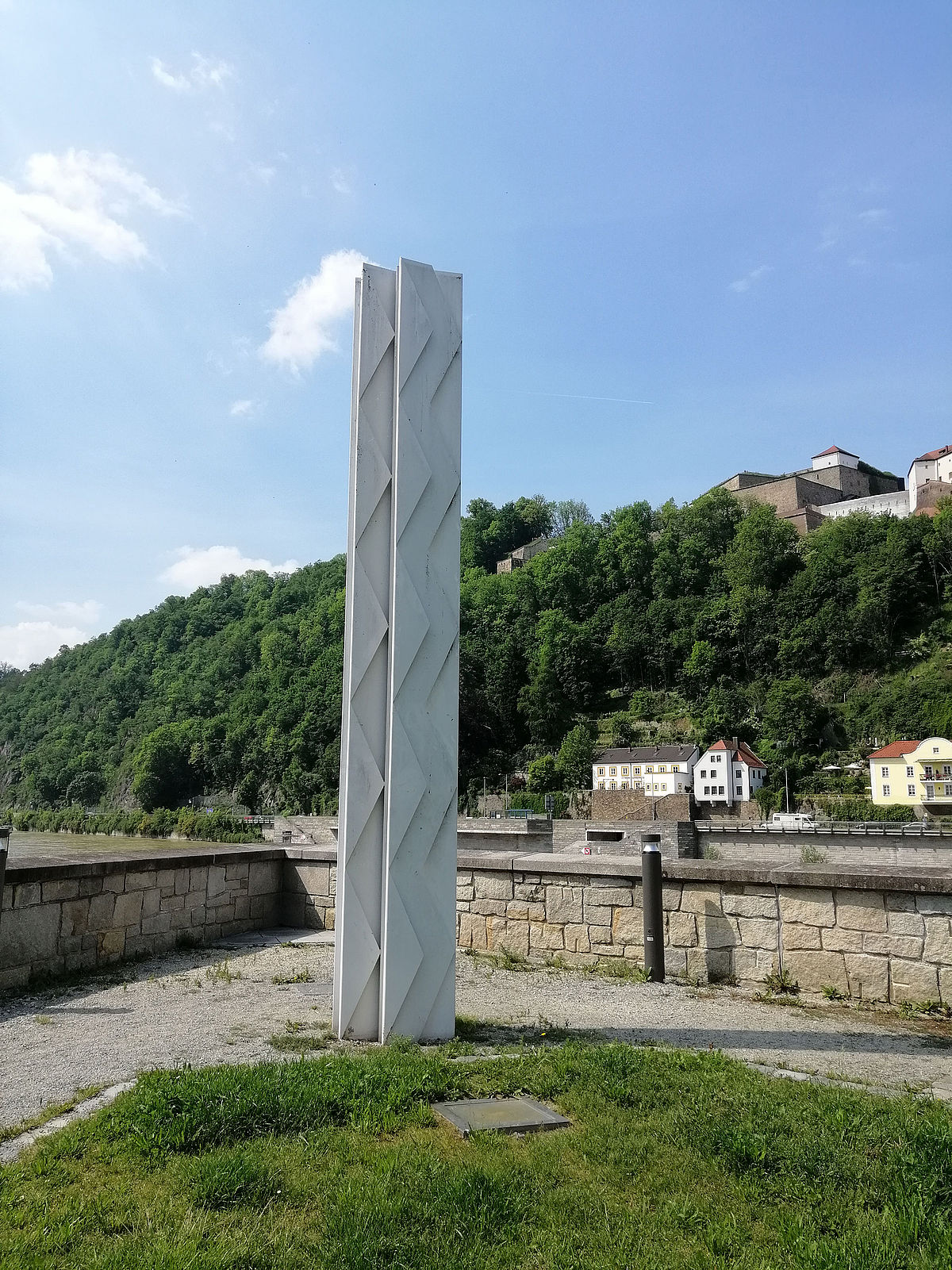An Art Collection for Everyone
There is plenty of art in public spaces throughout Lower Bavaria – but where from and who by? With the “Art in Lower Bavaria” web platform, the district is now taking up the task of documenting public art in Lower Bavaria as comprehensively as possible and making the works that one perceives "incidentally" in everyday life more visible. The project has been enriched by around 70 works of art in recent months thanks to the work of students at the Chair of Art History and Visual Science at the University of Passau. Now the population is being asked to register more works of art.
Playing the video will send your IP address to an external server.
We usually associate art with special places, such as museums or galleries. What makes public art special is that we encounter it in a space in which we don't necessarily expect art," says Professor Jörg Trempler. "When we suddenly find ourselves faced with art, the spheres mix, creating very special moments – and also raising the question of where everyday space ends and art begins. That's exciting."

“Lichtstele”, Ben Muthofer, aluminium, installed in 1991 at Römerplatz, on the corner of Donaukai, in Passau. Photo Günthner
Ben Muthofer's "Lichtstele" at Römerplatz in Passau is one such work: Although it is an impressive five metres high, the filigree aluminium sculpture blends in so elegantly with its surroundings that it can easily be overlooked on gloomy days. And those who see it search in vain for an inscription that refers to a title or artist. The stele seems to sprout directly from the grassy ground; there's nothing more.
This is where the new website comes in: For one semester, students in Trempler's main seminar in the independent city and district of Passau went in search of works of art, photographed them, researched their background, and made them accessible to a wider audience in small fact sheets. "It was important for us not to evaluate or interpret the art, but to document the facts in order to give the viewers scope for their own art experience", says Trempler.
As an "art collector", David Würleitner has intensively looked around Passau, among other places. One of the works he has collected is the "Genius" by Karl Bodingbauer: Since 1930, it has been in the middle of the pedestrian zone of Passau, larger than life and strikingly patinated. "Nevertheless, it’s often unknown even to locals because it’s on a roof. If you don't look up, you'll miss it", says Würleitner. "The figure stands for a protective spirit that is supposed to avert disaster and make the business prosper. He says that the project has given him a new perspective on his university town. "I now know more about the many places I walk past every day; I was even allowed to meet some of the artists behind the works. That was very enriching."
Doctor Laurenz Schulz from the cultural department of the Lower Bavarian district, who initiated the cooperation with the university and now continues to operate the website, also speaks of enrichment. "Lower Bavaria is very rich when it comes to art in public space. Therefore, we want to win over and sensitise the people who live here." There is no comparable project in Bavaria outside Munich, and the Free State is still somewhat of a "blank canvas" in terms of recording public art, according to Schulz. "In Professor Trempler and his team, we have found exactly the regional expertise that will allow us to change this and establish a high-quality and well-founded portfolio.”
From now on, interested parties can not only inform themselves about works of art on the website but also report art that is not yet registered there.

